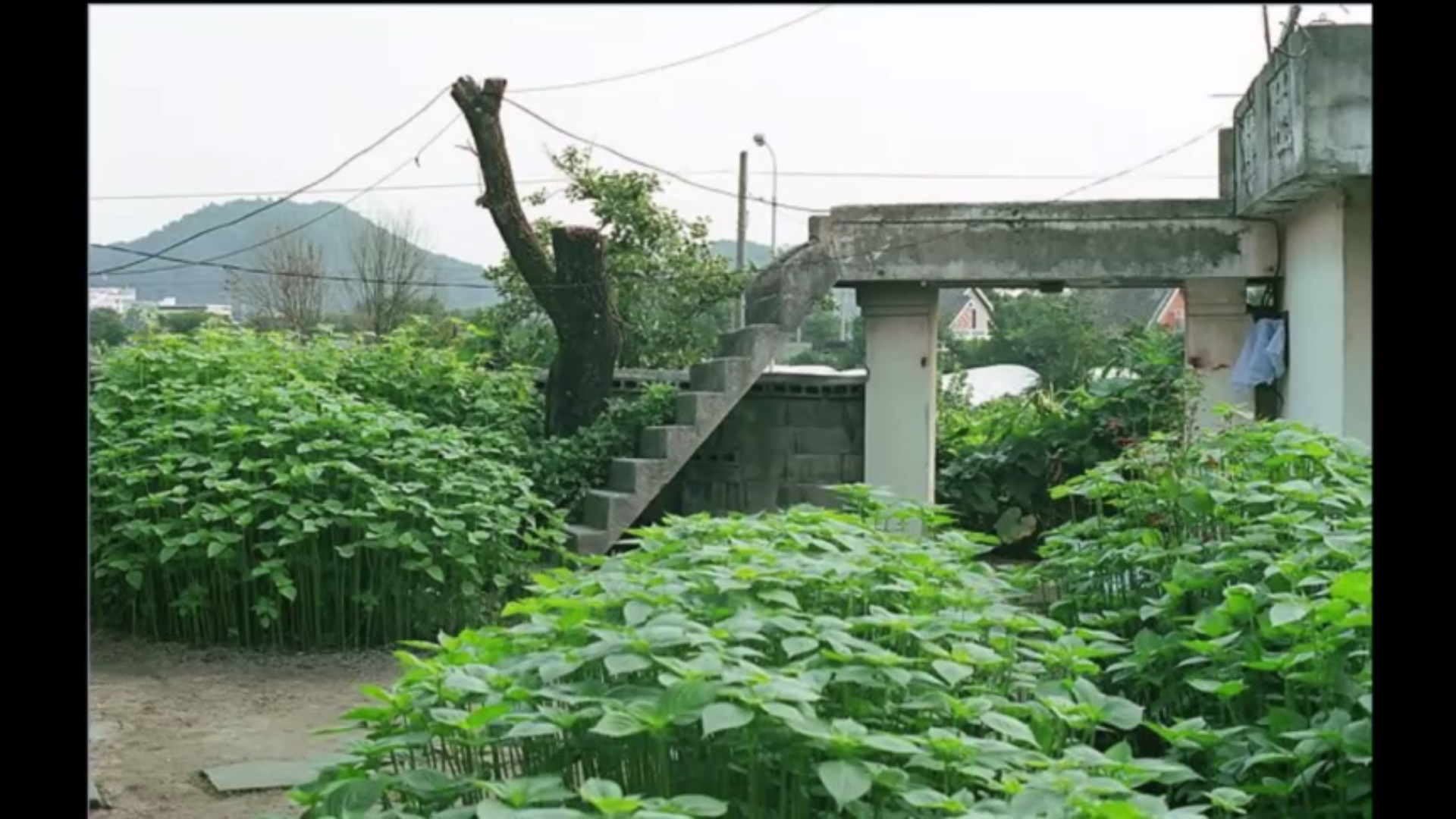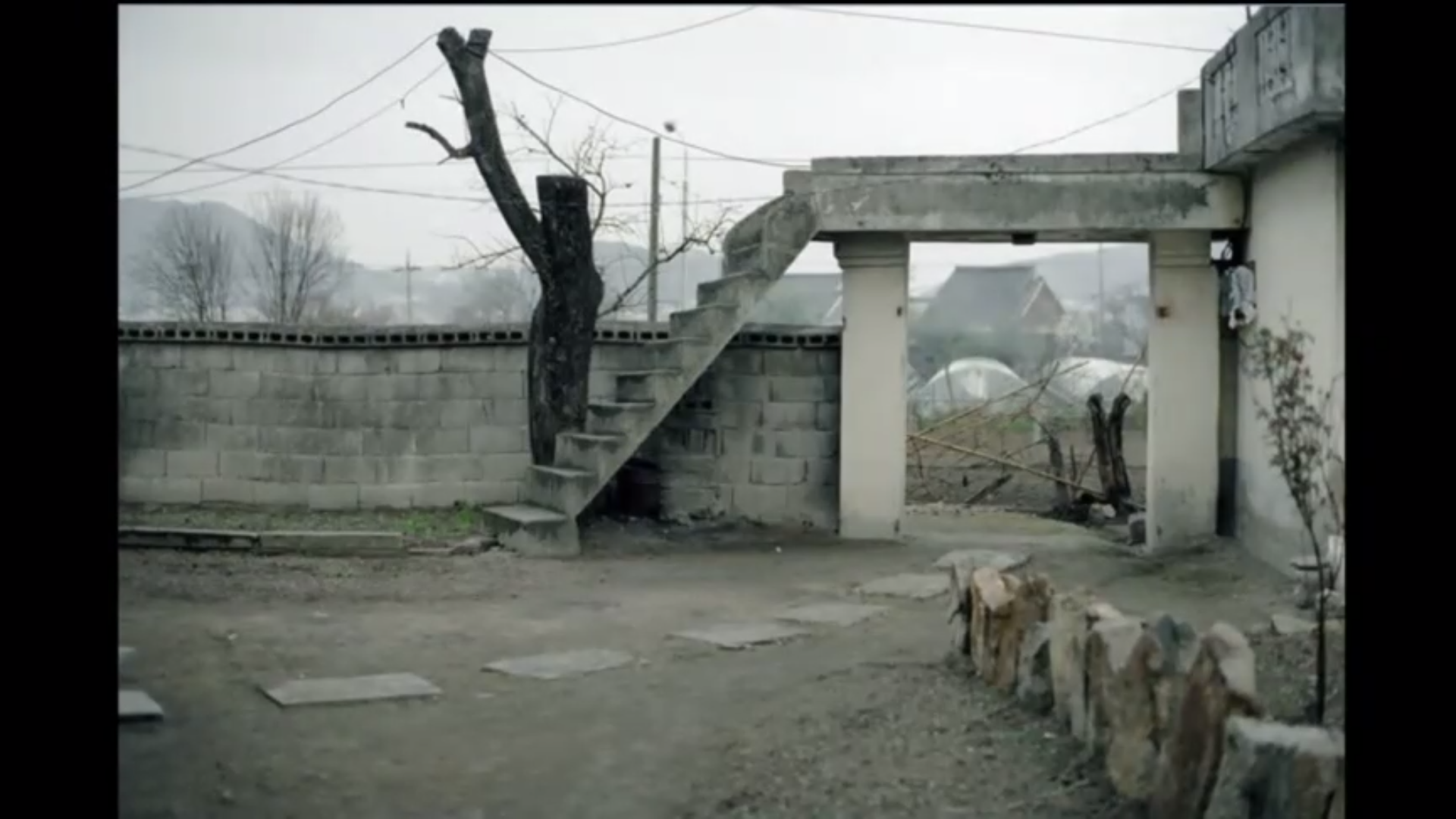마지막 풍경 The Last Landscape
2013 | 14min 26sec | Documentary | Korea
















시놉시스
서울은 끊임없이 과거를 부정하며 존재해왔고, 지나온 시간을 잡아두고 싶은 마음은 글 혹은 이미지로 기록됐다. 이미지로 기록되는 풍경들은 삶의 체취와 공간의 공기를 가득 담고 있다. 공간 중에서도 서울의 달동네에 주목하며 그 공간을 그리고 담아낸 작가를 만난다. 월곡동 뉴타운 재개발 현장, 청계천 복원공사 현장 등을 찍어온 사진가 안세권(45)은 "사라져버릴 '마지막 풍경'을 누군가는 기록해야겠다는 생각에서 작업을 시작했다. 도시의 변화는 '우리는 어디로 가고 있는가'라는 물음과 닿아 있다"고 말한다. 우리는 어디로 가고 있는가. 변해가는 공간 속에서 작가가 끊임없이 갖는 문제의식, 그리고 자신과 타인이 갖는 시선들에 대하여 생각해본다. 그에게 있어서 공간이 가지는 의미는 무엇이며, 그가 20여년 동안 사라져 가는 공간들을 찍을 수 있었던 원동력은 무엇인가.
기획의도
달동네를 기억하기 위한 예술가들의 시선 또한, ‘가난에 대한 엿보기인가’ 라는 질문에서 피할 수 없다. 사라지는 것들의 역사성을 기록하려 카메라를 잡는‘안세권’작가가 담아내는 달동네의 시선이 삶의 성찰을 담은 공간의 해석이라는 것을 보여주고자 한다.
요즘이나 예전에나 젊은 작가들이 사라져가는 달동네를 기억하고 기록하기 위해서 자신의 작품에 많이 사용했으나 단순히 따듯한 이미지이기 때문에 소재로서 사용하려는 이들의 모습은 모순적이기도 하다. 근본적 삶의 양식이 바뀌지 않는 상태에서 그저 소재로서 차용하는 달동네가 무슨 소용이 있을까. 그들은 어떤 생각을 가지고 자신의 작품에 사라져 가는 공간들을 담는 것인가.
Synopsis
Seoul has been constantly denying its past, and its desire to hold time has been recorded in writing or images. The scenery recorded in images is filled with life and the atmosphere of the place. Among the places, We meet the artist who drew and captured the place, paying attention to the Dal-dong-nae (poor hillside village) in Seoul. Ahn Se-kwon, a 45-year-old photographer who has taken photos of the site of the redevelopment of New Town in Wolgok-dong and the Cheonggyecheon Restoration Project, said he started work with the idea that someone should record the "last landscape" that would disappear. The change in the city is in line with the question “Where are we going?”.
And we asked ourselves Where are we going?
We are thinking about the writer's constant critical mind about the changing place, and the perspectives he has. What is the meaning of place for him, and what is the driving force behind his about 20 years of filming the disappearing places?
Director’s Statement
Artists’ eyes to remember Dal-dong-nae (poor hillside village) are also unavoidable in the question of 'a peek at poverty'. The writer Ahn Se-kwon, who holds the camera to record the historicality of disappearing, tries to show that his gaze of Dal-dong-nae is an interpretation of reflecting life.
These days and in the past, young artists used the disappearance of Dal-dong-ne a lot to remember and record, but because it has simply warm images, they seem contradictory using it as a material. What's the use of Dal-dong-ne, who borrows as a subject without changing the fundamental way of life? What kind of thoughts do they have in their works the disappearing places?
스탭 STAFF
연출 촬영 편집
김건희 | 서지우